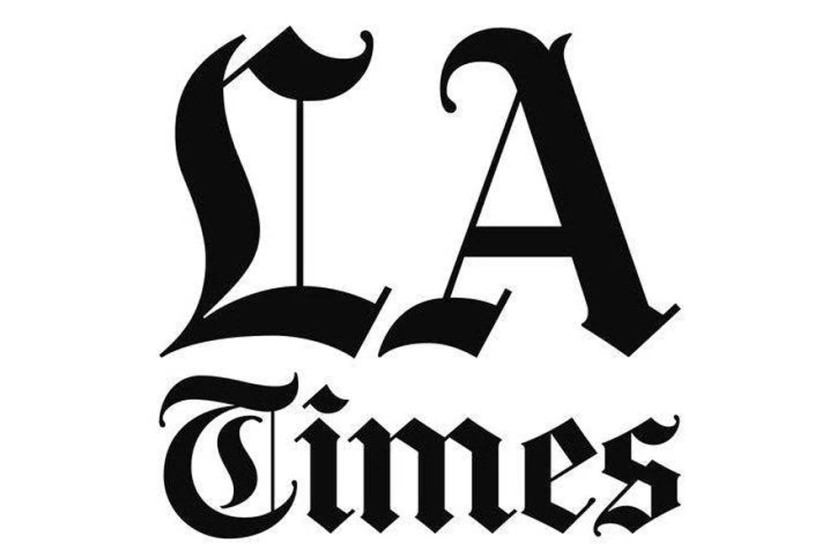Question of fuel subsidies lies at the bottom of Haiti’s crisis
- Share via
Etant Dupain Port-au-Prince — Haiti, the poorest country in the Western Hemisphere, has spent nearly a year mired in a political and economic crisis that has brought thousands of people onto the streets and which has as its root the long-running debate over eliminating fuel subsidies.
In the current fiscal year, ending June 30, the government has spent 35 billion gourdes ($376 million) on fuel subsidies - resources that could have gone to improve Haiti’s struggling schools and health system.
The government of President Jovenel Moise, who took office in February 2017, is having problems finding the money to pay public employees, threatening to increase stress at a moment when Haitians are already beset by runaway inflation, the sharp depreciation of the gourde and fuel shortages.
The energy squeeze is due in part to a reduction in the amount of crude oil Venezuela supplies on generous terms - with much of the bill payable over 25 years at an interest rate of just 1 percent - to Haiti and other Caribbean and Central American nations under the PetroCaribe program.
One idea behind the program was to enable the beneficiaries to take advantage of the long repayment schedule and use proceeds from domestic oil sales to finance public-works projects.
Dealing with its own economic woes, oil-rich Venezuela has been forced to scale back the PetroCaribe initiative, yet the program continues to loom large in Haitian politics.
An audit unveiled in February by Haiti’s Superior Court of Auditors and Administrative Disputes revealed irregularities in PetroCaribe between 2008 and 2016 and implicated 15 current and former officials - as well as a company Moise headed before becoming president - in embezzling $3.8 billion in program funds.
“The state subsidies to petroleum have caused substantial financial losses for the government,” Haitian economist Kesner Pharel told EFE.
The subsidies “are exercising pressure on the local currency-exchange market and maintaining inflationary pressures,” according to Pharel, who said that inflation climbed to 18 percent in April due to a combination of weak domestic output and a budget deficit swelled by the cost of fuel subsidies.
The International Monetary Fund (IMF) and World Bank have long urged Haiti to phase out fuel subsidies, but when the Moise administration took a first step in that direction in July 2018, Haitians responded with violent protests and the president abandoned the plan.
Unemployment is more than 50 percent and more than half of Haiti’s roughly 10 million inhabitants survive on less than $2 a day.
The country’s economy expanded by just 1.4 percent in 2018, a growth rate that was one of the lowest in the region, and is projected to grow a modest 2 percent this year.
Haiti’s poor economy “will increase social tension and aggravate the political crisis,” Pharel said, noting that the turmoil is hurting every sector, including services, which accounts for the largest share of gross domestic product.
The gradual elimination of fuel subsidies was part of the agreement Moise’s government signed with the IMF in Spring 2018.
IMF economists say the subsidies disproportionately benefit the well-off.
Moise faces a dilemma. The vast majority of Haitians could not afford electricity or fuel without subsidies and their elimination would surely lead to intensification of the demands for him to step down.
He has lost two prime ministers in less than a year. Jack Guy Lafontant resigned following the riots in July 2018 and his successor, Jean Henry Ceant, left in March after parliament voted in favor of a motion of censure over the government’s inability to address Haiti’s problems.
Moise, meanwhile, refuses to resign and calls for dialogue, but the opposition has rebuffed his appeals. EFE



